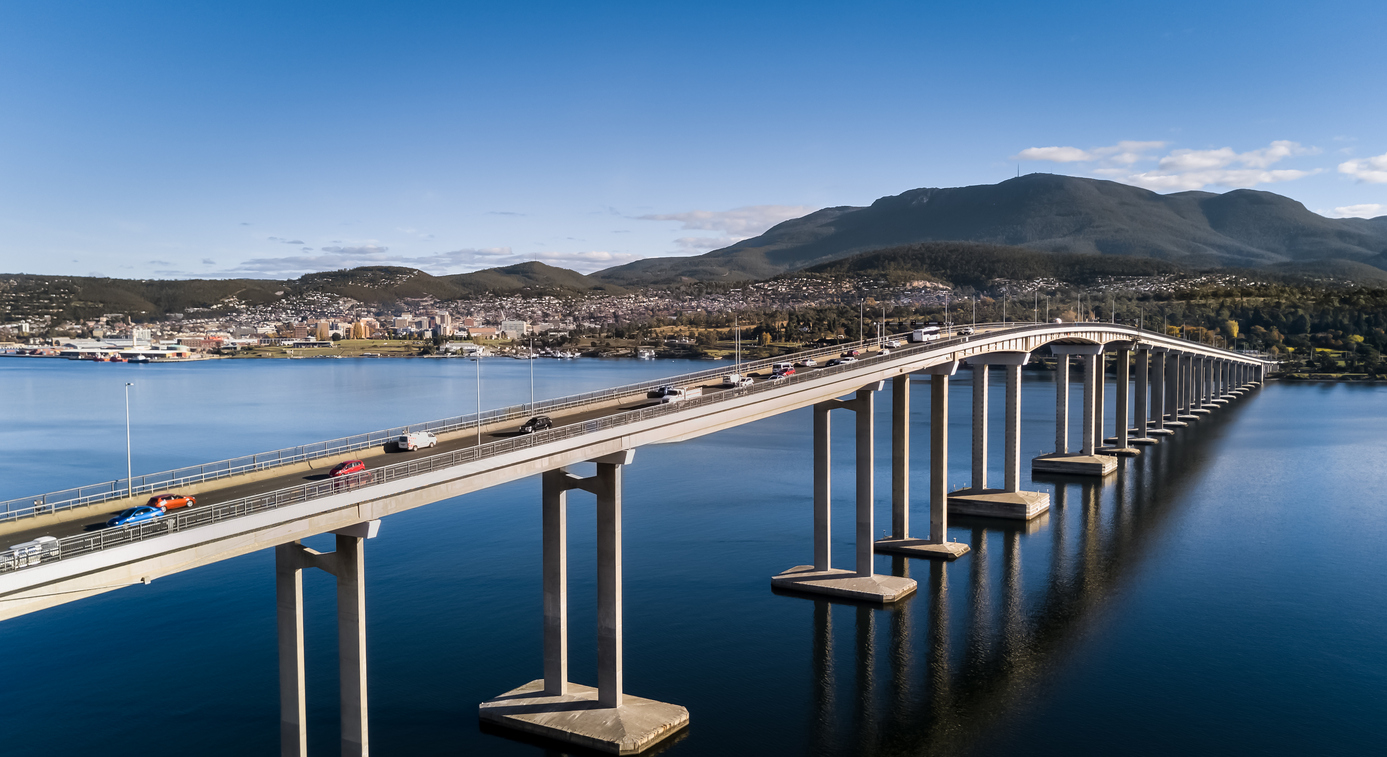Hobart's 'Severe Shortage' of Property Drives Record Low Vacancy Rates
Hobart’s economic boom has led to a housing crisis, with the city posting a vacancy rate of just 0.3 per cent, according to new data from SQM Research.
The national residential vacancy rate fell to 2.3 per cent in January as renters secured homes for the start of the new year. Hobart’s vacancy figures had fallen from 0.7 per cent a year ago.
Asking rents in Hobart rose more than other cities in Australia, increasing by 5.1 per cent and 5.3 per cent for houses and units respectively, reflective of the shortage.
This came off the back of a 6.8 per cent rise in rents during the final quarter of 2017, where Hobart’s median unit rental prices grew to $340 per week.
Population growth and limited rental supply has made Hobart Australia’s best performing capital property market.
Related reading: The Alternative Development Model Lands in Hobart
“We are seeing very tight rental conditions in Hobart, which is putting strong upward pressure on rents,” SQM Research managing director Louis Christopher said.
“We’ve seen falls across all cities, as students prepare for their first semester of study and lease new homes, and workers also secure new rentals, especially in Canberra which has a transient workforce and Sydney too.”

The vacancy rate dropped in Canberra to 0.9 per cent down from 1.3 per cent in December, while asking rents were at $616 a week for houses and $436 for units.
Melbourne’s vacancy rate dropped to 1.8 per cent from 2.1 per cent while Sydney’s dropped to 2.3 per cent from 2.6 per cent.
Related reading: Commercial Construction to Bolster Residential Downturn
Elsewhere, the vacancy dropped in Perth to 4.4 per cent from 4.6 per cent in December, but it is remains the highest of any capital city.
Christopher said the vacancy numbers highlighted tighter rental markets in most capital cities, which was to be expected in the first month of the year as renters found new rental homes.
“While Sydney’s vacancy rate has dropped, it is still well up on levels this time last year.
“If the vacancy rate holds at this level in coming months, Sydney will be more of a tenant’s market in 2018 and rental growth could continue to ease.”
Capital city asking rents over the month to 20 February 2018 rose 0.2 per cent to $562 a week for houses. Unit asking rents rose 0.5 per cent to $443 a week. Over the year, asking house rents rose by 1.3 per cent while asking rents for units increased by 2.8 per cent.















